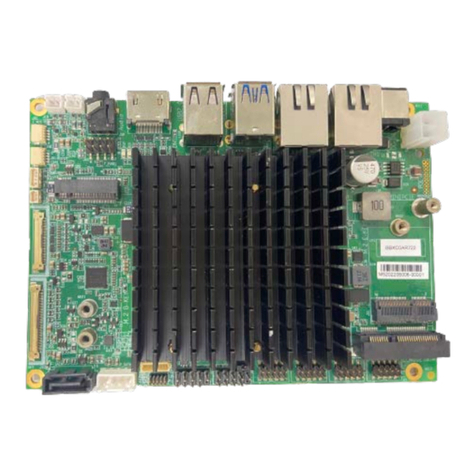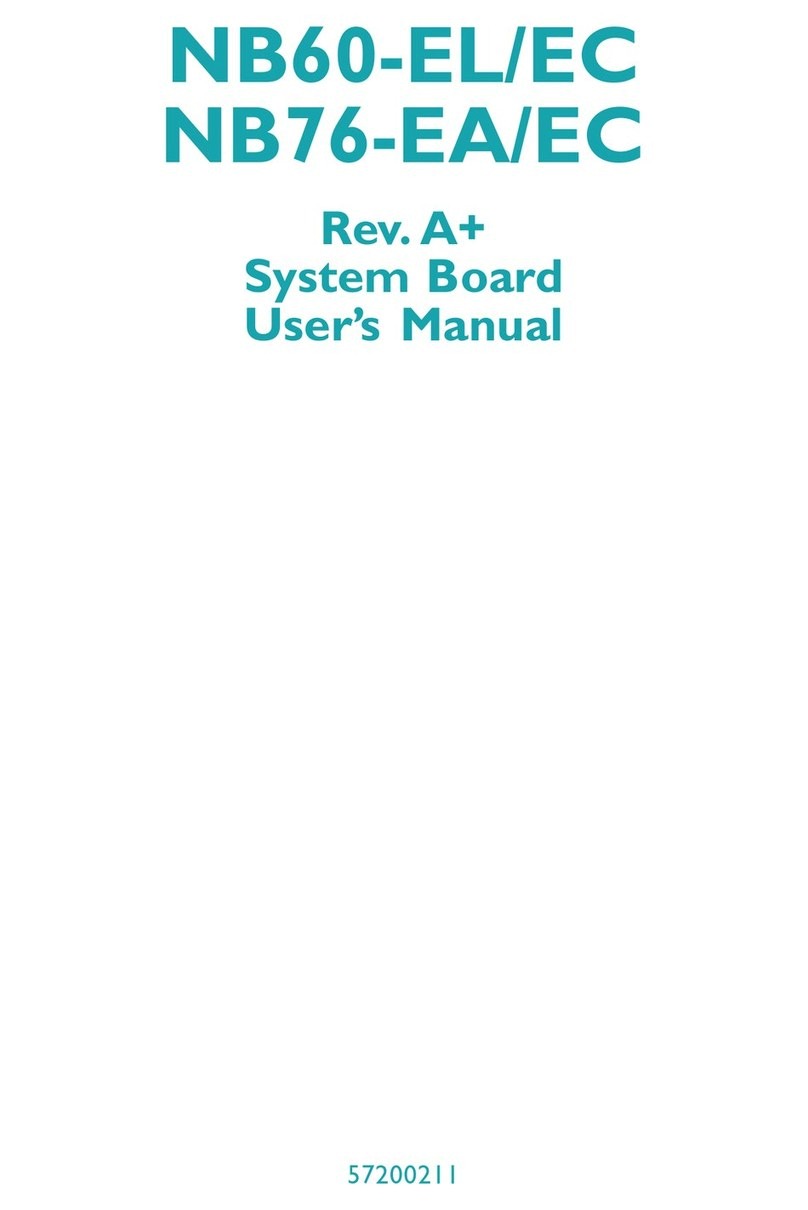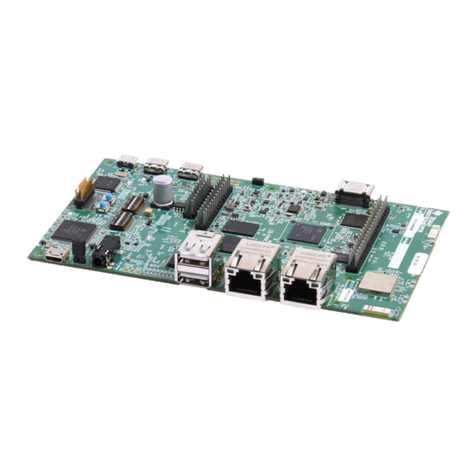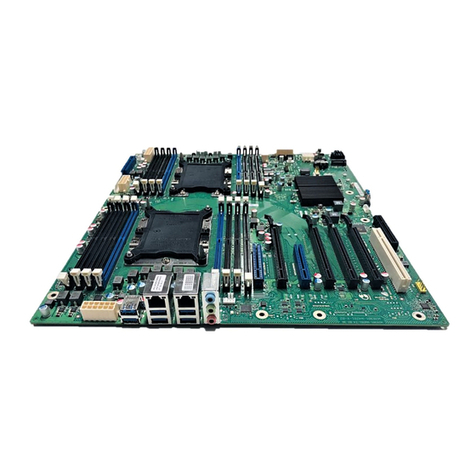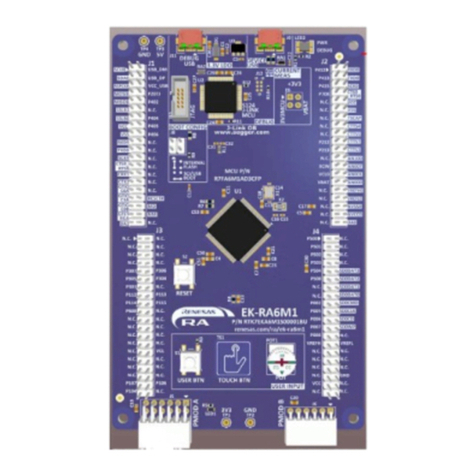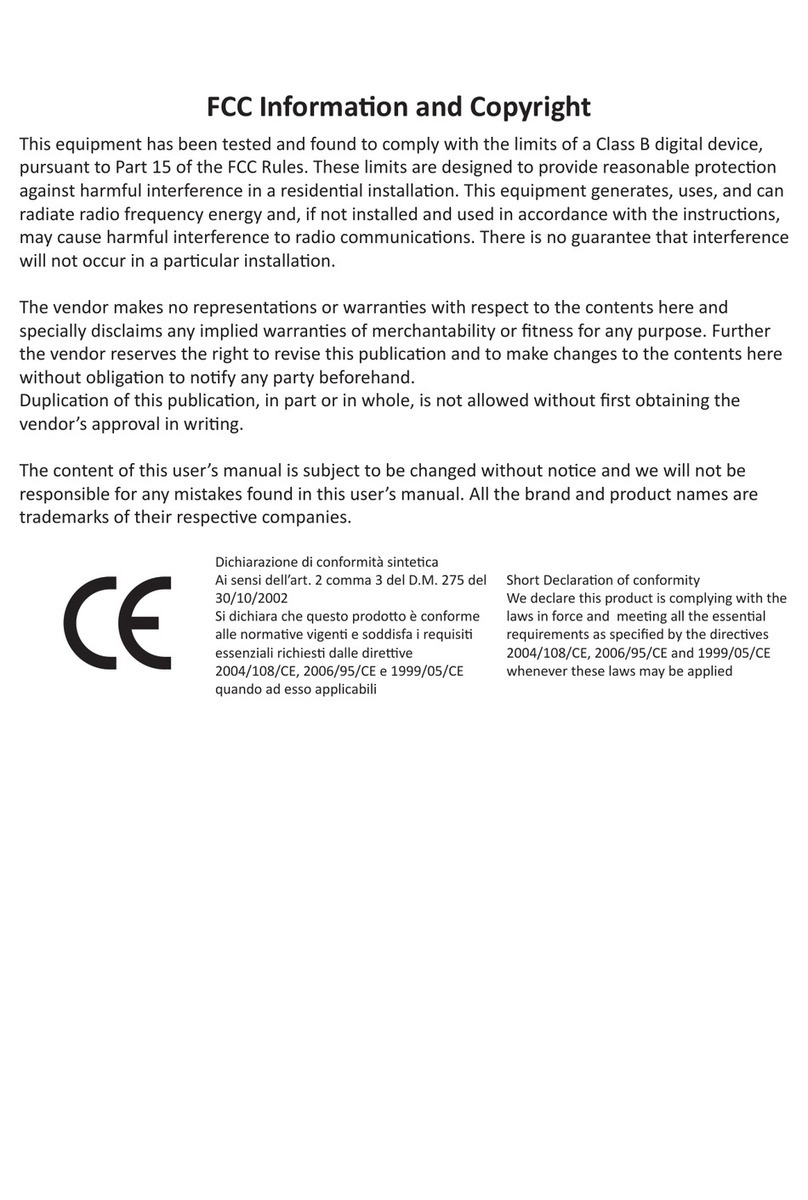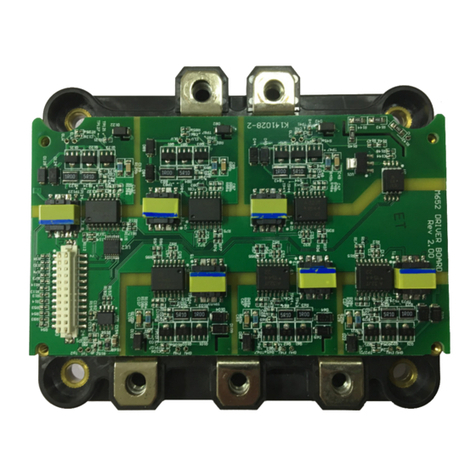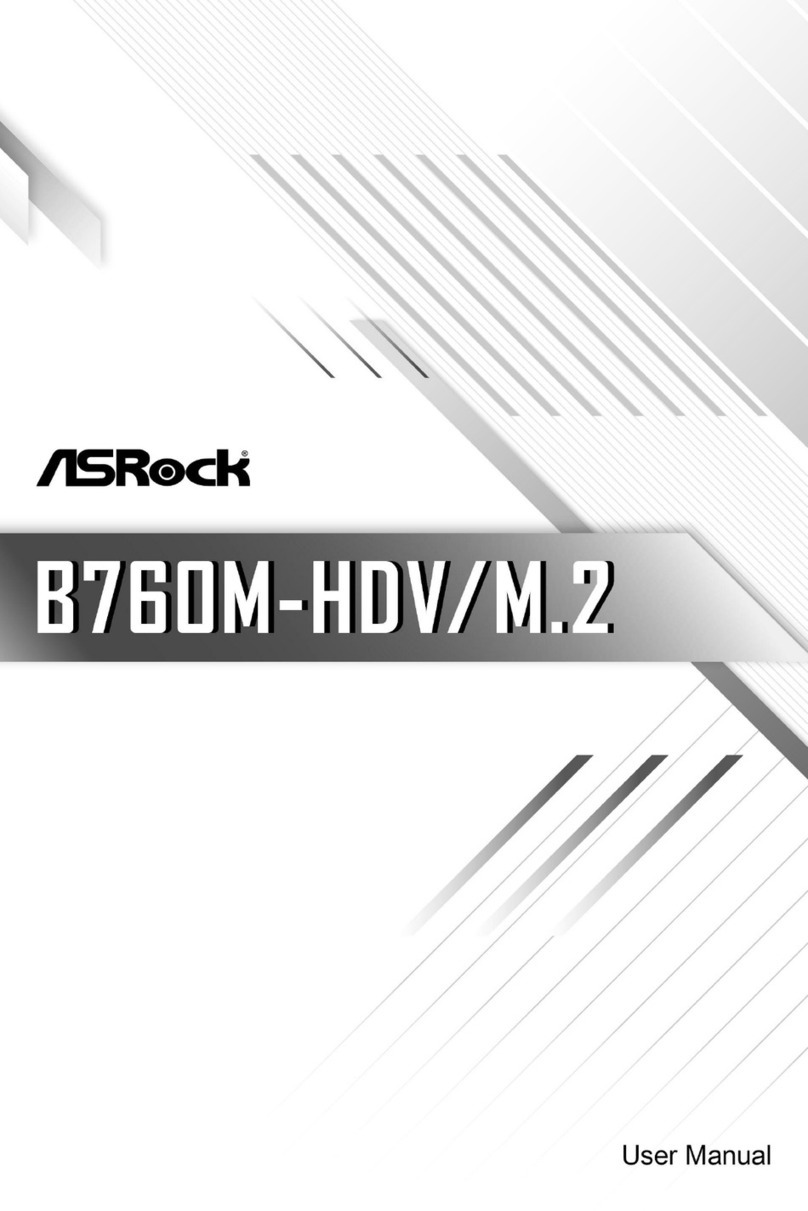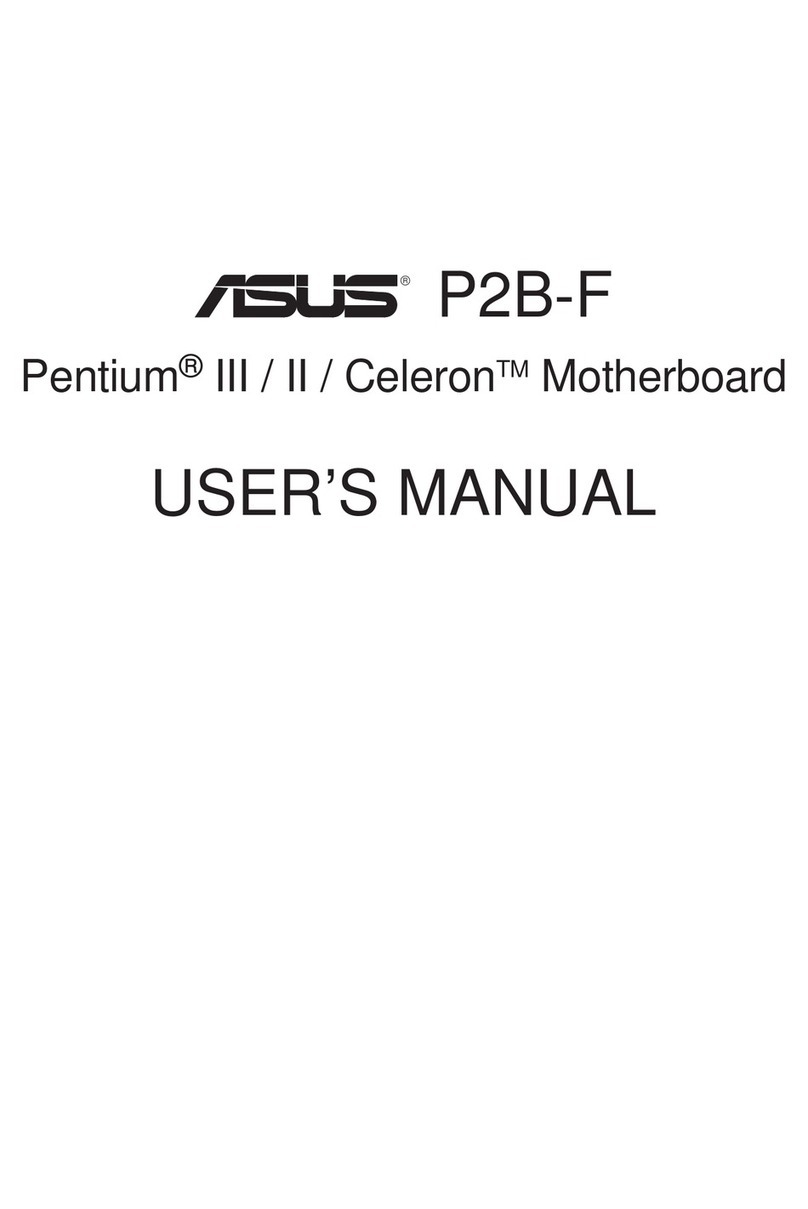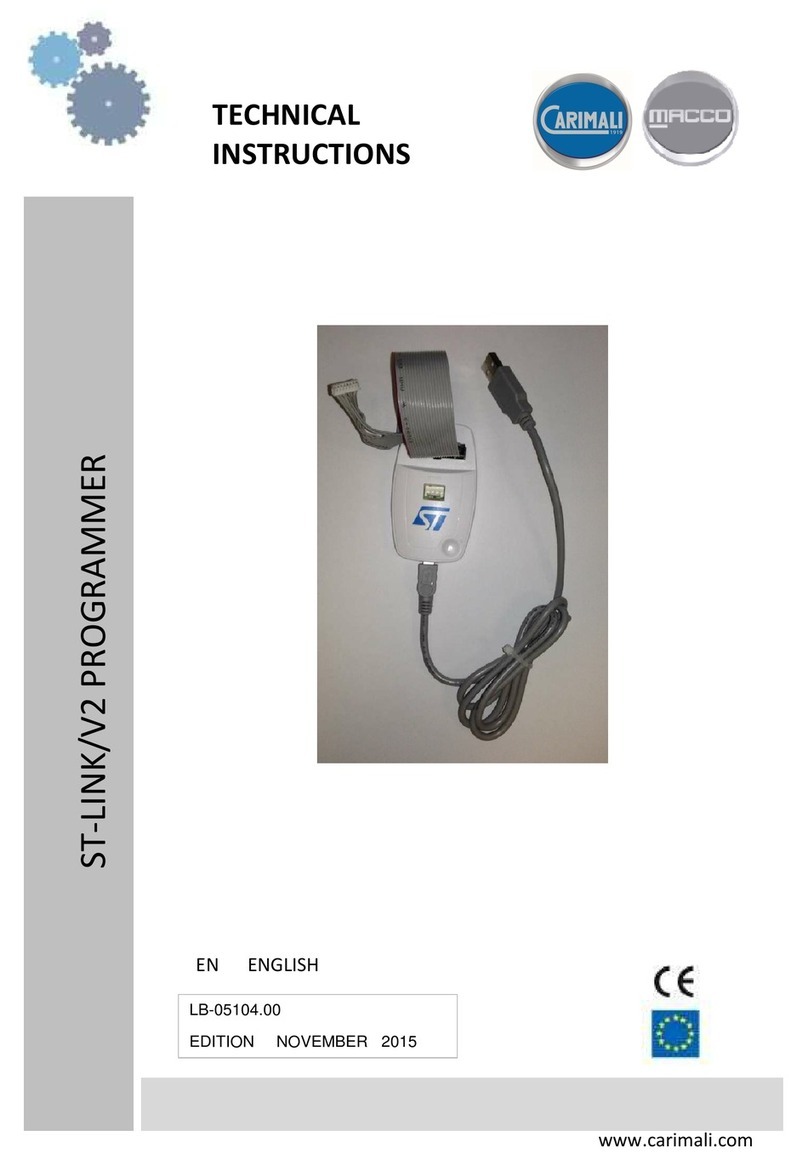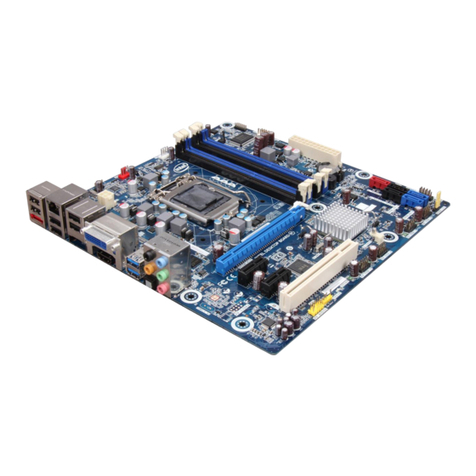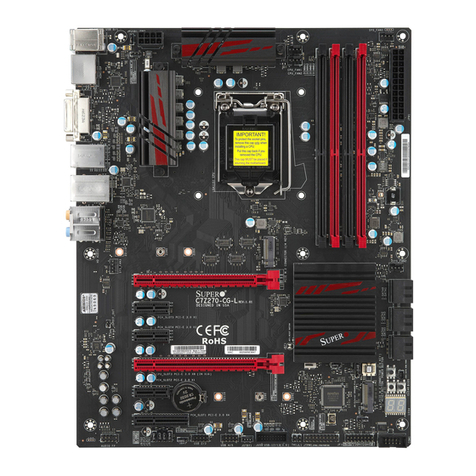iesy Open Standard Module RPX30 EVA-MI V1 User manual

Open Standard Module™
The Standard for Solder-on Computer Modules
iesy RPX30 EVA-MI V1
Quick Start Guide
Doc. REV1.00

Quick Start Guide - iesy RPX30 EVA-MI22022

2022 Quick Start Guide - iesy RPX30 EVA-MI 3
1. INDEX
▶1. Index
▶2. About us
> Description
▶3. General Information
▶4. Documentation
> iesy Repository on GitHub
▶5. Technical Data
> Module
> Baseboard
▶6. Block Diagram
▶7. Components Eval-Kit
▶8. The Eval-Kit iesy RPX30 EVA-Mi
▶9. Getting Started
▶10. Basic configuration
▶11. Revision history

Quick Start Guide - iesy RPX30 EVA-MI42022
2. ABOUT US
iesy is an embedded computing specialist. With a passion for technology and a team of experts in
the fields of software and hardware development, manufacturing and device testing, we are the
ideal partner for the development, prototyping, series production, and maintenance of individual
electronic products.
Description
OSM Module
The iesy RPX30 OSM-SF with its 30 mm x 30
mm size is a compact all-rounder. Equipped
with the Rockchip PX30 processor, it covers
many standard functions. In terms of cost, this
module is also very interesting. Like all Open
Standard Modules™, the iesy RPX30 OSM-SF
also has the option of responding flexibly to
requirements.
Baseboard
The basis of our Eval-Kit iesy RPX30 EVA-Mi
is our baseboard. Designed in Mini-ITX format
(170 mm x 170 mm), it is compact and the per-
fect platform for all kinds of tests and demon-
strations. The clou, all iesy OSM™ modules can
be used on this carrier. The usable range of
functions is then specified by the OSM™ mod-
ule used.

2022 Quick Start Guide - iesy RPX30 EVA-MI 5
3. GENERAL INFORMATION
The Solder-on modules of the Open Standard Modules™ series represent a sensible alternative.
Especially with regard to flexibility and scalability, these can usually score thanks to their modular
approach. Not to be neglected is the possibility of fully automatic assembly (SMT). This also has a
positive effect on quality, as manual assembly steps are no longer necessary.
On the SGET website you can find and download the currently valid OSM specification. Soon you
will find more information and documents there, such as the Carrier Design Guide.
https://sget.org

Quick Start Guide - iesy RPX30 EVA-MI62022
4. DOCUMENTATION
Module
▶Processor: PX30K Cortex-A35 Quad-Core
▶Clock rate: 1.5 GHz
▶RAM: 1 GByte LPDDR3
▶Flash memory: 8 GByte e-MMC 5.1
▶Dimension: 30 mm x 30 mm
▶Footprint: OSM Size-S Land Grid Array (LGA), solder-on modules
with 332 contacts
▶Power supply: 5 V +/- 5 %
▶Power consumption: <3 W (typ.)
▶Temperaturerange: -20° C to +85° C (Operating)
-40° C to +85° C (Storage)
▶Software: Yocto based BSP
5. TECHNICAL DATA
iesy Repository on GitHub
▶iesy-osm-hardware
> Schematic for Module and Carrier, Assembly Prints
> Pin-Muxing and contact descriptions
> Specication and User-Manuals
▶meta-iesy-osm
> Code for iesy Yocto Linux (BSP)
> Documentation and Demo Images https://github.com/iesy-gmbh
Baseboard
▶Formfactor: Mini-ITX
▶Dimension: 170 mm x 170 mm
▶Suitable modules: Size-0 to Size-S (up to Size-L in future releases)
▶Power supply: 24 V DC-Adapter or laboratory plug (+15 V to 30 V)
▶Power consumption: 35 W (typ.)
▶Operating temp. range: 0 °C to +70 °C

2022 Quick Start Guide - iesy RPX30 EVA-MI 7
6. BLOCK DIAGRAM

Quick Start Guide - iesy RPX30 EVA-MI82022
7. COMPONENTS EVAL-KIT
The iesy RPX30 EVA-Mi includes:
▶OSM module iesy RPX30 OSM-SF soldered on baseboard
▶microSD card with iesy demo image
▶Click board ™ MIKROE-1200 (I2C EEPROM) with address changed to 0x54
▶Click board ™ MIKROE-4422 (SPI EEPROM)
▶iesy OSM HDMI adapter
▶Micro USB cable for console port and USB OTG
The design of the base board of the iesy RPX30 EVA-MI already contains functions for future OSM
modules. For the iesy RPX30 OSM-SF these functions are not needed and for this reason not
equipped.
Our hardware and software is continuously improved and is also mostly open-source. For a trans-
parent insight into our design, you can find all errata and possible workarounds of the evaluation
platform on GitHub.

2022 Quick Start Guide - iesy RPX30 EVA-MI 9
microSD
Ethernet
100M
USB
Host
mikroBus
Click Board
24 V
Power in
HDMI
USB Debug
USB OTG
Config- and
Reset -Button
8. THE EVAL-KIT IESY RPX30 EVA-MI
Please note
right alignment of the
Click Module by installation.
Click board ™
MIKROE-1200
(I2C EEPROM)
Click board ™
MIKROE-4422
(SPI EEPROM)

Quick Start Guide - iesy RPX30 EVA-MI10 2022
9. GETTING STARTED
Step 1 - Source-Medium
The iesy RPX30 EVA-MI supports boot from microSD and e-MMC on the module. Per default the
system boots from microSD where the iesy Demo Image is already pre-installed. Ensure that the
DIP-Switch is in position ON to select microSD.
Per default the e-MMC does not contain a boot image.
Step 2 - Debug-Console
For accessing the debug console connect a terminal Host to the COM-Port at the USB OTG (Mi-
cro-B). Set up your terminal with the following parameter:
> Baud-Rate 115.200 baud
> 8 bit, no parity/Flow-Control
Step 3 - HDMI and Camera (optional)
To connect a display an external Adapter is used to convert the MIPI DSI signals for HDMI. The
HDMI is optional for boot and running the system.
The monitor must support a resolution of Full HD (1920 x 1080 pixel) with 30 FPS.
Step 4 - Power Supply
Connect a power supply with voltage of 15 V up to 30 V to connectors XB17/XB18 or use a stan-
dard Plug-In power supply on XS3 (2.5 mm Jack). Recommended is a power supply with min. 35 W.
Step 5 - Boot
The system will boot up automatically when power is applied.
Step 6 - Login-Prompt
After Kernel boot login with user root. There is no password needed.

Quick Start Guide - iesy RPX30 EVA-MI11 2022
10. BASIC CONFIGURATION
Firmware
To download the latest firmware and BSP visit the iesy GitHub Repositories.
Boot-Configuration
For the iesy RPX30 EVA-MI the boot configuration and selection is done with a single DIP Switch
SH1 (BOOT_SEL0). microSD (ON) and e-MMC (OFF) can be selected.
Documentation on how to setup the boot device can be found within the Wiki pages of the meta-
iesy-osm Repository.
Note that the function of BOOT_SEL1 is not used for this Eval Kit.
Reset
Use TA2 to reset the module and all carrier peripherals. After releasing the reset button the boot
device selection is resampled.
Power-Button
Button TA3 (PWR_BTN) directly controls the Power on of the module. A long press on TA3 will shut
down the system and all internal power supply. After a short press the system will restart.
Recovery-Modus
There are two modes of recovery:
(1) If there is no valid boot information found on e-MMC or microSD the PX30 will run into
Maskrom-Mode. With the Rockchip Firmware Upgrade Tool a boot image can be written to the
boot device over USB OTG. The button RECOVERY# is not needed in this case.
(2) Pressing the button TA1 (RECOVERY#) during power on or Reset release the PX30 runs into
Rockusb-Mode even when a bootable image is found on the selected boot device.
Details for valid commands of the Rockchip Firmware Upgrade Tool can be found on the Wiki
pages of the meta-iesy-osm Repository.

Quick Start Guide - iesy RPX30 EVA-MI12 2022
11. REVISION HISTORY
Date Revision Description
15.06.2022 DOK. REV1.00 Document created

iesy GmbH
T : +49 2354 70655 0
Darmcher Grund 22
58540 Meinerzhagen
Germany
YOUR EXPERT FOR INDIVIDUAL EMBEDDED SYSTEMS
www.iesy.com
Other manuals for Open Standard Module RPX30 EVA-MI V1
1
Table of contents
